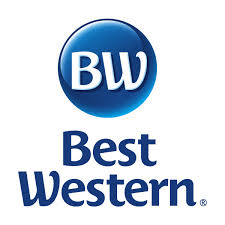Politics, Brands and Focus.
I have borrowed heavily from the political ranks for my brand strategy framework – referring to brand support as “planks.” Planks are the keys to the organizing principle that is What’s The Idea’s secret sauce.
Smart politicians understand that their day job is to be all things to all people, but brilliant politicians know they must be a few big things to all people. “It’s the economy stupid,” was one such plank of Bill Clinton’s 1992 election, coined by James Carville.
Ask most politicians or political runners today for their key messages, I’m sure you will get back at least one generic statement like “serving our constituents to make their lives better.” As well-intended as this may be, it’s not a discrete plank.
Politicians and brand runners need to focus. Find a claim, find your three proof planks, then live your life in their duty.
Peace.






